Hints and Tips
Useful Herbs for Colds and Flu
Its that time of year when everybody seems to have already had a flu or virus of some description. I have put together some useful ways to help keep the germs away.
The following list can be ingested as herbal teas, adding the ingredients to recipes when cooking or in some instances via capsules (found at your local health store).
Peppermint – cleanses and strengthens your entire body. It is a great flu remedy. Easy to drink as a herbal tea.
Goldenseal – is an antimicrobial herb. It also helps your body get rid of excess mucus.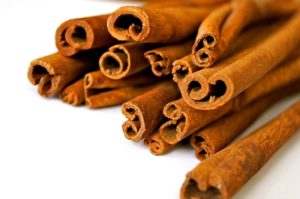
Cayenne Pepper – cayenne has a long list of health benefits and is believed to be a mild immune-booster. Also, cayenne contains large amounts of natural vitamin A, considered to be an important “anti-infection” nutrient. Try adding it to food when cooking.
Cinnamon – cinnamon has been traditionally taken as a warming herb for “cold” conditions, often in combination with ginger. The herb stimulates the circulation, aching muscles and other symptoms of viral conditions such as colds and flu. Naturally warms the body and helps to dispel fevers. Great added to porridge for breakfast.
Ginger – not only great for it’s warming and anti-inflammatory properties but ginger is a first rate remedy to help fight against colds, flu, coughs and fever. It also helps against nausea and aching muscles.
Echinacea – helps to strengthen your immune system. It also helps to fight of viruses and microbes.
Garlic – garlic is a natural antiviral herb. It helps to cleanse your blood and eliminate toxins and wastes from your body. Try adding it to as many dishes you cook as possible. Perhaps not desserts!
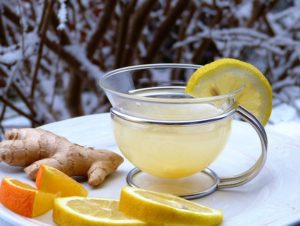 Onions – is a close relative of Garlic and has similar properties, containing similar antiviral chemicals. Use onions and leeks in your cooking when you have a cold or are around people who do.
Onions – is a close relative of Garlic and has similar properties, containing similar antiviral chemicals. Use onions and leeks in your cooking when you have a cold or are around people who do.
Sage – has natural antiseptic properties. Hot sage tea will cause you to perspire and throw off some of the toxins. It also helps to soothe your mucus membranes. You can use it as a gargle if you’ve got a sore throat.
Lemon – lemons have natural antiseptic and cleansing properties. They are high in Vitamin C which helps to boost and build your immune system. Squeeze the juice of a whole lemon into a cup of hot water. Drink often. Try gargling with lemon juice if you’ve got a sore throat.
Green Tea – like garlic, green tea has shown the ability to both kill viruses and to stimulate the immune system to fight off flu infections, especially when used daily. Try to drink 3-6 cups of strong green tea per day during the flu season.
Fresh Fruit and Vegetables – brightly colored fruits and vegetables are packed with healthy phytonutrients that can strengthen your immune system, lowering your susceptibility to the flu virus.
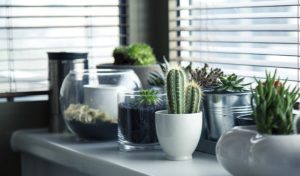 Colour is light and without light there would be very little life on our planet.
Colour is light and without light there would be very little life on our planet. 
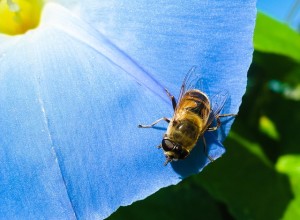 Blue – communication, peaceful, honesty, loyalty, integrity, idealistic, sadness, creative, calm, wisdom, conservative, confident and authority
Blue – communication, peaceful, honesty, loyalty, integrity, idealistic, sadness, creative, calm, wisdom, conservative, confident and authority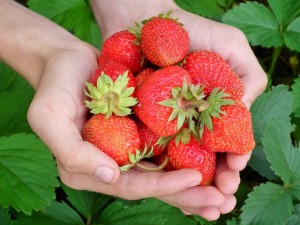 Red – energy, sensual, successful, restless, intense, desire, passion, assertive, aggression, dynamic, action, ambition and motivating
Red – energy, sensual, successful, restless, intense, desire, passion, assertive, aggression, dynamic, action, ambition and motivating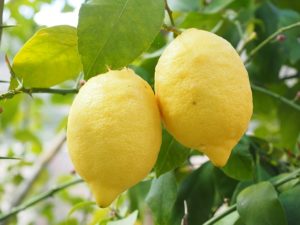 I wanted to share some
I wanted to share some 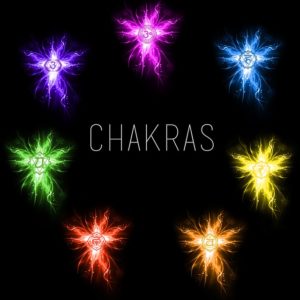 Red
Red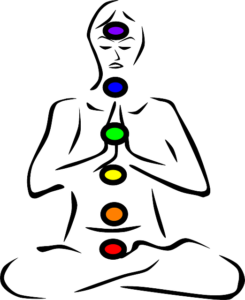 Blue
Blue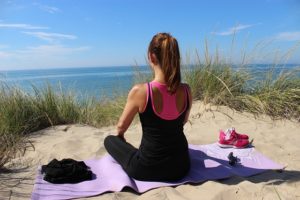
 Sleep disturbances
Sleep disturbances